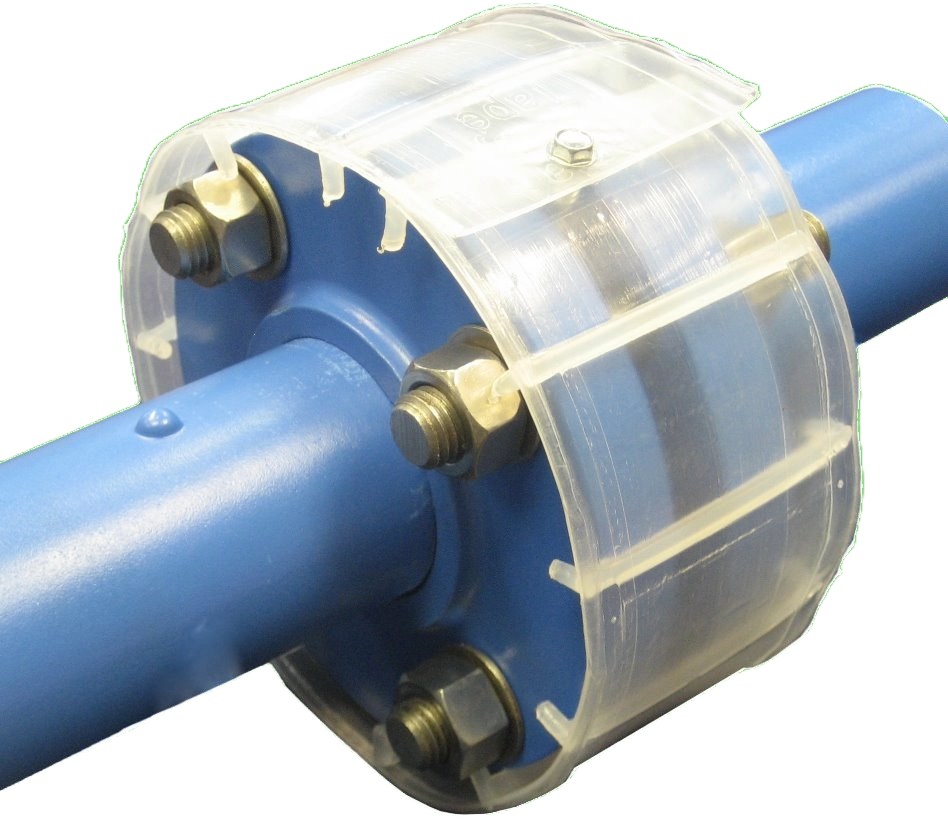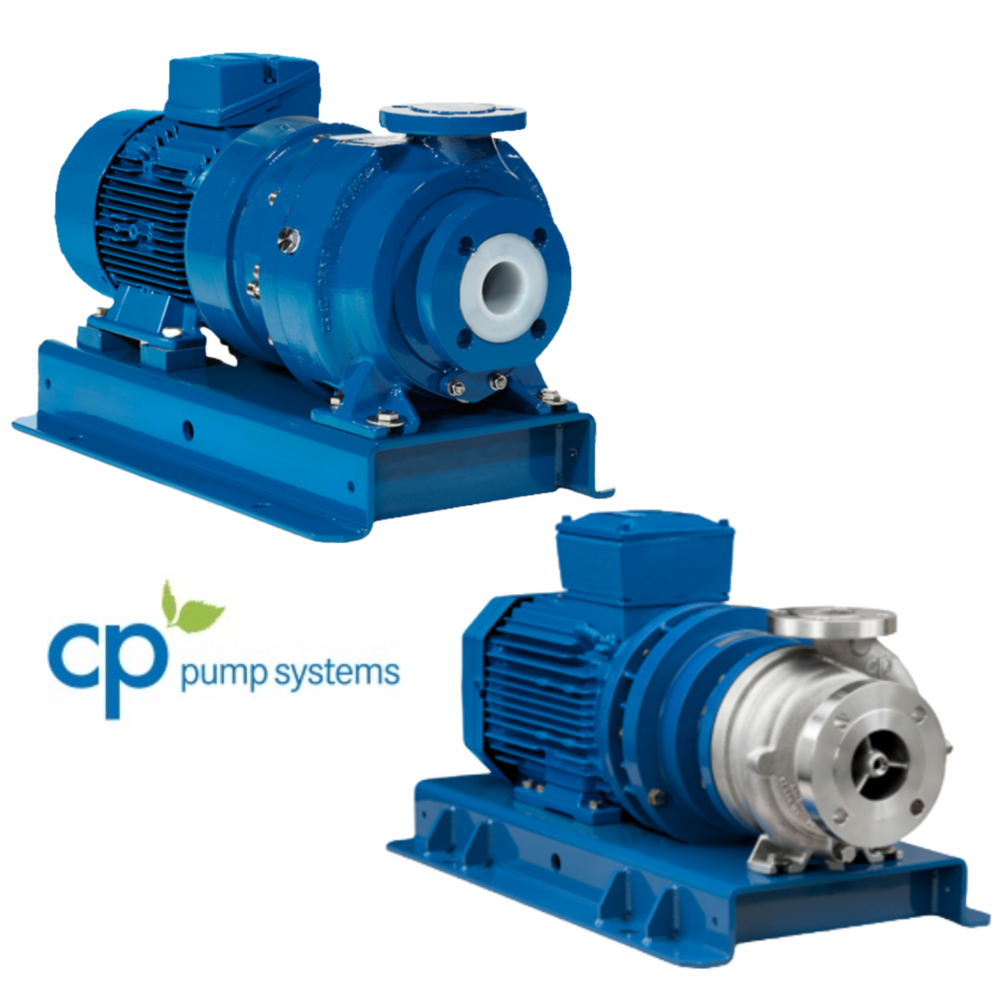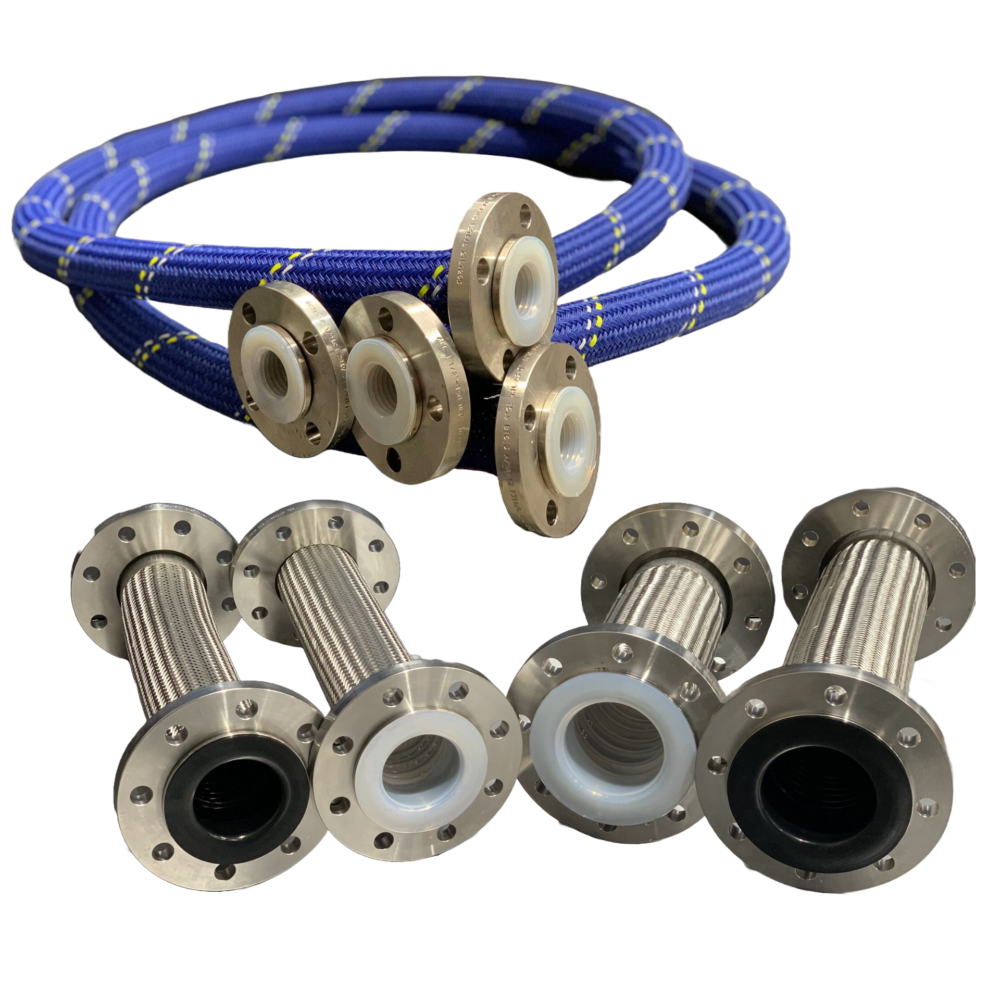Cryogenic Sampling
We can supply vessel mounted sampling systems with modifications to the design to allow them to operate at very low temperatures, these cryogenic sampling systems are designed especially to suit the customers requirements and use materials suitable for low temperatures, along with crogenic valves and special sight glass arrangements. Bellville washers are used to maintain live loaded sealing arrangements to overcome issues with different temperature coefficients of materials.
The principles of the cryogenic samplers are the same as a standard vessel sampler with the sampler being mounted on dip pipe and using pressure from the vessel or site vacuum to draw the sample from the vessel into the sampler, from there it is dispensed into the sample container.
Materials of construction are to suit the process from stainless steel to exotic metals like Hastelloy for corrosive processes along with PTFE and PFA.
The cryogenic sampler has a manifold at the top of the system to which service valves are connected, these control the vacuum or vent to draw the sample into the sampling system, a compressed gas which is usually nitrogen to purge the system and blow the dip pipe clear into the vessel and sometimes a connection to a wash liquor like a solvent to clean the system of any residue. We can also include another port for a pressure gauge or just for future use.
The sample is held either in a sight glass or a metallic chamber with a small bulls eye window viewing glass to observe the volume. Below this section we have a dispensing valve which releases the sample and dispenses it into the sample container.
Again depending on the design we may pass the sample through a heat exchanger and warm the sample before it enters the sight glass.
This lower dispensing manifold is bolted to a vessel isolation valve which is connected usually with a reducing flange to the dip pipes process flange.
As with all our sampling systems we would recommend that the sampling system is provided with the sample container housed within a safety cabinet.
We have created a questionnaire to help specify a sampler which you are welcome to download and complete.

























































